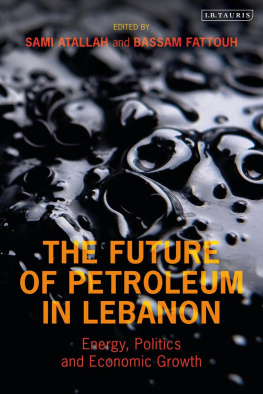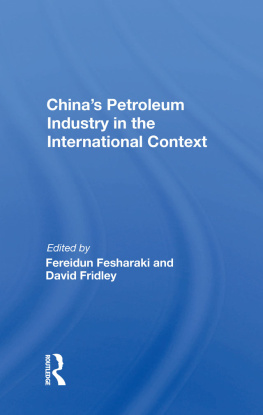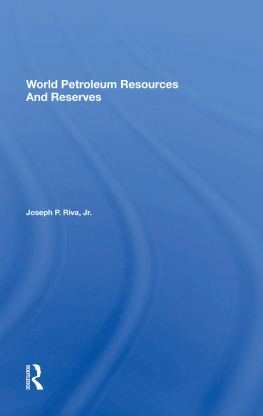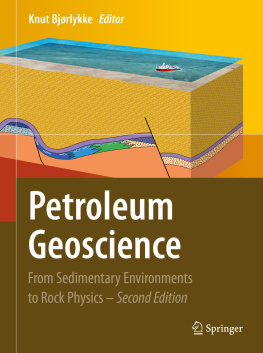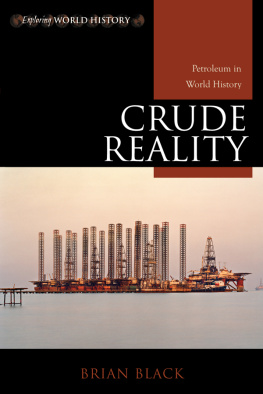Post-Petroleum Design
Despite the growing demand for design strategies to reduce our petroleum use, no one has yet brought together the lessons of the worlds leading post-petroleum designers into a single resource. Post-Petroleum Design brings them together for the first time.
Readers will be introduced to the most current, innovative, plastic- and petroleum-free products and projects in industrial design, architecture, transportation, electronics, apparel and more. Post-Petroleum Design explores firsthand the client and consumer motivations behind the demand, and shares the case studies, principles, best practices, risks, and opportunities of the worlds leading post-petroleum design experts who are already meeting that demand. It introduces 40 inspiring individuals from across the globe; people like Eben Bayer, the American innovator whose company, Ecovative, is growing houses from mushrooms; Mohammed Bah Abba, whose Zeer Pot is helping families keep produce fresh in the sweltering Nigerian summer without electricity; and the engineers at Mercedes-Benz Advanced Design Studios whose Biome car evolves from genetically engineered DNA.
Post-Petroleum Design gives design professionals the information they need to research, evaluate, and select materials, technologies, and design strategies that meet the growing demand for sustainable design, plastic-free materials, and process energy conservation. Designer profiles, studies, statistics, and many color illustrations all highlight the worksome of the best design work to be found anywhere, and showcased here for the first time.
George Elvin is the founder of Gone Studio, the company pioneering post-petroleum design through zero-plastic, zero-waste, zero-electricity manufacturing. His designs have been featured by the Discovery Channel, Macworld, Treehugger, and over 50 other green design venues. The author of over 40 books and articles, his work on green design and technology has been published by Routledge, Wiley and Princeton Architectural Press, among others. Previous positions have included Assistant Professor of Architecture at the University of Illinois and Visiting Fellow at the University of Edinburgh. He is currently an Associate Professor of Architecture at Ball State University in Indiana.
Post-Petroleum Design is a must read for anyone wondering how we built our plastics economy and how we might move beyond it. George Elvin elegantly weaves historical perspective, technical data, and persuasive first person design narratives into a compelling story which also includes actionable design principles. Post-Petroleum Design is both inspiring and a valuable technical reference, my favorite kind of book!
Eben Bayer, CEO and Co-founder of Ecovative, USA
George Elvins book doesnt stop at outlining our path of self-destruction but goes on to share real solutions. Projects and endeavors from people across many different cultures, and in a range of scales, prove that we can all make a change in our corner of the world.
Kenneth Cobonpue, Owner of Kenneth Cobonpue, Philippines
Post-Petroleum Design
George Elvin
First published 2015
by Routledge
2 Park Square, Milton Park, Abingdon, Oxon OX14 4RN
and by Routledge
711 Third Avenue, New York, NY 10017
Routledge is an imprint of the Taylor & Francis Group, an informa business
2015 George Elvin
The right of George Elvin to be identified as author of this work has been asserted by him in accordance with sections 77 and 78 of the Copyright, Designs and Patents Act 1988.
All rights reserved. No part of this book may be reprinted or reproduced or utilized in any form or by any electronic, mechanical, or other means, now known or hereafter invented, including photocopying and recording, or in any information storage or retrieval system, without permission in writing from the publishers.
Trademark notice: Product or corporate names may be trademarks or registered trademarks, and are used only for identification and explanation without intent to infringe.
British Library Cataloguing-in-Publication Data
A catalogue record for this book is available from the British Library
Library of Congress Cataloging-in-Publication Data
Elvin, George.
Post-petroleum design / George Elvin.
pages cm
Includes bibliographical references and index.
1. Product design. 2. Materials. 3. Green products. 4. Sustainable engineering.
5. Environmental protection. I. Title.
TS171.4.E48 2015
658.5752--dc23
2015000651
ISBN: 978-1-138-85389-8 (hbk)
ISBN: 978-1-138-85390-4 (pbk)
ISBN: 978-1-315-72249-8 (ebk)
Typeset in Minion Pro 9.5/13.5 pt
by Fakenham Prepress Solutions, Fakenham, Norfolk NR21 8NN
Cover image: Phoenix car. Designers Kenneth Cobonpue and Albrecht Birkner teamed to create this concept car, which features the innovative use of rattan and other post-petroleum materials. Image courtesy of Kenneth Cobonpue.
To
Meg
Contents
Its just take-your-breath-away type explosions, one survivor was saying. Witnesses were telling how they could see the fireball from 35 miles away. As I watched the news reports about the BP Deepwater Horizon oil rig explosion in the Gulf of Mexico, my heart went out to the people and other living things affected. But, to be honest, I had other, more personal and positive things to deal with. Having spent most of my life designing buildings, I was embarking on a new adventureone that would lead me into the uncharted world of post-petroleum design.
It began with a single piece of folded paper. Inspired by my then 10-year-old sons origami, I was working on a unique design for an iPad case. This particular summer morning, I was in the dining room pondering a prototype Id made out of plastic. In the kitchen, the TV continued to blare reports of the millions of gallons of oil pouring from the Deepwater Horizon into the gulf, and the environmental havoc it was wreaking. Then it hit me. How could I put more petroleum-based plastic into this world? I felt like an accomplice to a terrible crime. I knew I couldnt live without plastic, but I made up my mind right then and there that if I was going to bring a new product into the world, I was going to make it plastic-free.
In that moment, Gone Studio was borna company committed to designing and making products that people can feel good about. Now, more than five years later, were not only plastic-free, were also zero-waste and even zero-energy in all our manufacturing. Were dedicated to post-petroleum design, and to a cleaner, healthier world than the one weve made through our dependence on petroleum.
After my post-petroleum revelation as a result of the Gulf oil spill, I took all my plastic prototypes for the iPad case and dumped them in the recycling bin. I briefly considered making the case from recycled plastic, but I soon discovered that the recycling process can use a lot of energy, be toxic to workers, and create enormous carbon dioxide emissions. I also learned that very few of the products labeled as made from recycled material are 100 percent recycled. I even found that some iPad cases marketed as made from recycled materials had as little as 10 percent recycled content.
Armed with my new awareness of the plastic recycling process, I set out in search of the perfect plastic-free material to make my iPad case from. Few natural materials offer the padding necessary to protect a computer, but after investigating cotton, bamboo fiber, and even hemp, I settled on wool felt. You cant get any more natural than wool. Sheep grow it to keep warm, you shear it off, and they regrow it. I pictured those sheep and compared that image to the plastic-making process that sucks non-renewable fossil fuels from our Earth and creates side effects like the Gulf oil spill. I knew I had made the right choice.



